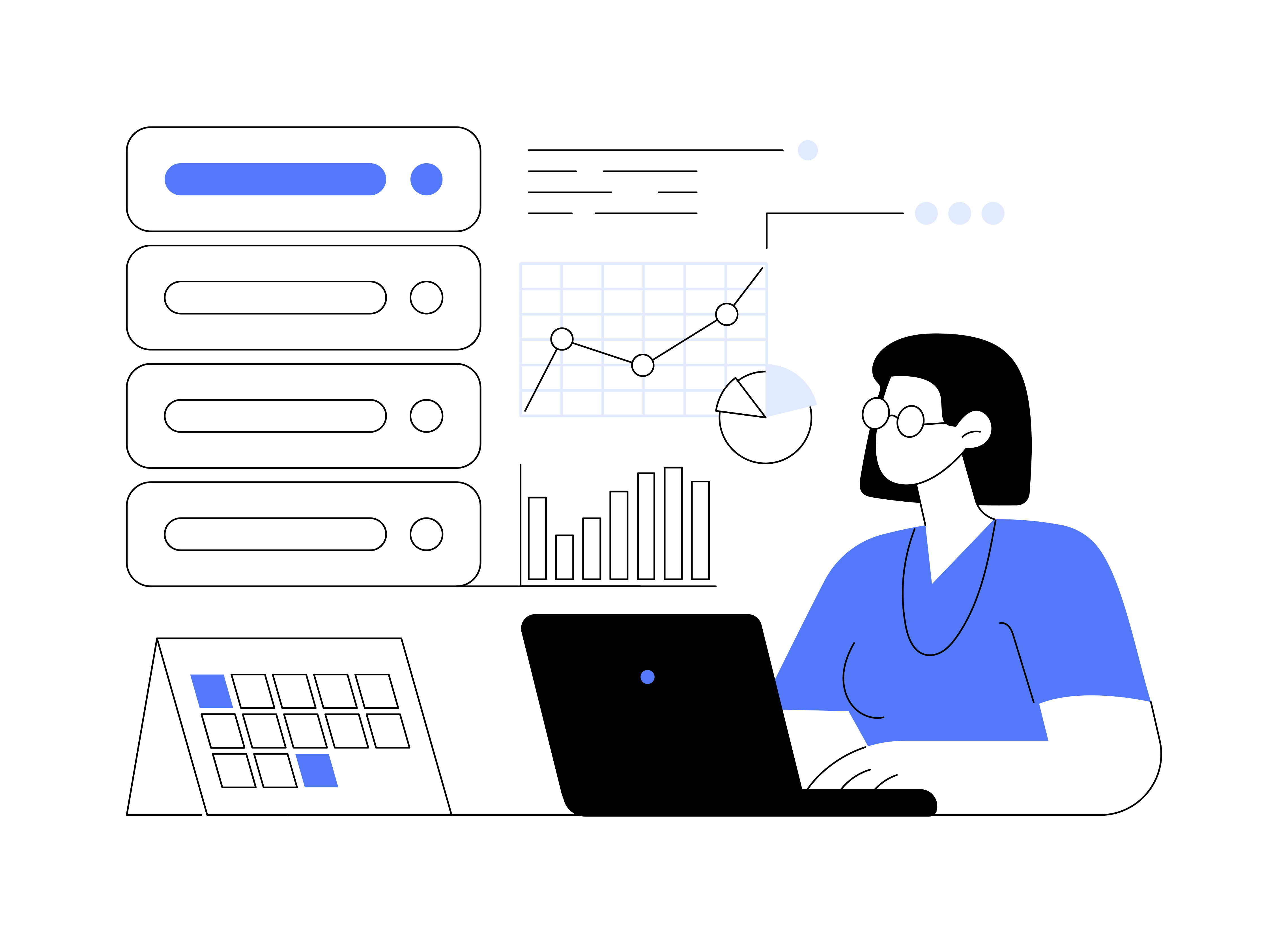The relationship between SEO and content marketing is important. Both need to be part of your digital marketing strategy, as they both lead to more leads and business exposure. Using content marketing wisely can drastically improve your SEO efforts and search engine ranking.
The difference between SEO and content marketing
SEO stands for “search engine optimization” and refers to the process of getting your business web pages to rank higher in a search engine search, like Google. The algorithm that creates the highest-ranking pages is complicated but is a combination of keywords, tagged images, outbound links, existing traffic, and more.
Content marketing is another process of marketing that involves creating and publishing content that appeals to your audience and serves as a resource to empower your customers and view your business as a partner in solving their problems and maintaining a positive customer relationship.
At the most basic level, content marketing improves SEO because there’s a likelihood that you can create content that includes keywords that are relevant to your business. More content – like infographics and blog posts and videos – means more exposure for your brand and more pieces pointing the way to converting them from interested and passive to active customers. There are other more specific things to consider, however, when working on your content marketing SEO strategies.
How to use content marketing to improve SEO ranking
What to know about using content marketing tools to improve SEO ranking.
Create and publish the highest-quality content
The marketing catchphrase used to be “content is key” but nowadays, it’s more accurate to say “quality content is key”. The Google bots who crawl webpages and use SEO algorithms to rank them analyze content relevancy. This prevents websites from publishing meaningless content with the keyword listed over and over just to get eyes on their website or business name. What’s key to quality content? Search engines will rank content that’s unique. Long-form content is also preferred by search engine bots, as that’s more likely to deliver the most value and relevance to readers. Google algorithms also prefer visual content, so including pictures or videos in blogs and landing pages is important. But one of the most important reasons to create quality content is that publishing good content means people will want to read it – not only will this increase your trustworthiness and authority in their minds, it will also help you rank higher in search. If your bounce rate – the rate at which people click away from your content – is too high, you will rank lower in search.
Optimize your keywords
Keywords are key. You need to make sure you’re using them wisely. You can’t just list them over and over in an article meaninglessly. That’s called keyword stuffing, and rather than ranking you, Google will penalize you. You should use keywords in places like your article title, paragraph or section headings, image tags, and especially the URL of new pages and posts. Google offers a tool called Google Keyword Planner to help you understand which keywords are already ranking in Google search and can help you research, plan, and strategize about which keywords you should focus on in your content.
Design for mobile
Creating content that works well on all mobile devices cannot be stressed enough. Not only did Google change its search algorithm in 2015 to prioritize mobile-friendly sites in their search ranking, but more people are also using mobile devices for consuming content now than ever before. In just about every instance – e-commerce to email – customers are viewing content on their smartphone or tablet as opposed to desktop. This means that if they have a negative experience navigating your website on mobile, they’re much more likely to click away, driving down your overall SEO ranking and also driving away potential customers. Creating mobile-specific navigation, image specs, and the overall design for all of your content is crucial.
Keep loading time in mind
No one wants to wait around for a site to load. Most users are expecting to be connected to the content they click on in just seconds. If not, they won’t view it and it will negatively impact your page rank. Boosting your average page load time to be faster largely depends on your content delivery network as well as your page design, so be cognizant of these factors when developing content.
Promote all of your content
Social media and email are content marketing tools. They are actively promoting your content, driving more traffic and improving your overall ranking due to increased views. Sharing your content is one of the most important ways you can ensure that people find it – and your business – organically in search.
The success of your business depends on people finding your business online. Even companies with a brick and mortar location require an online marketing presence to grow and remain competitive. Focusing on these areas can help you improve the SEO ranking for your organization. Ensuring that your content marketing is supporting your SEO strategy makes it much easier for people to find you and engage with your business.





